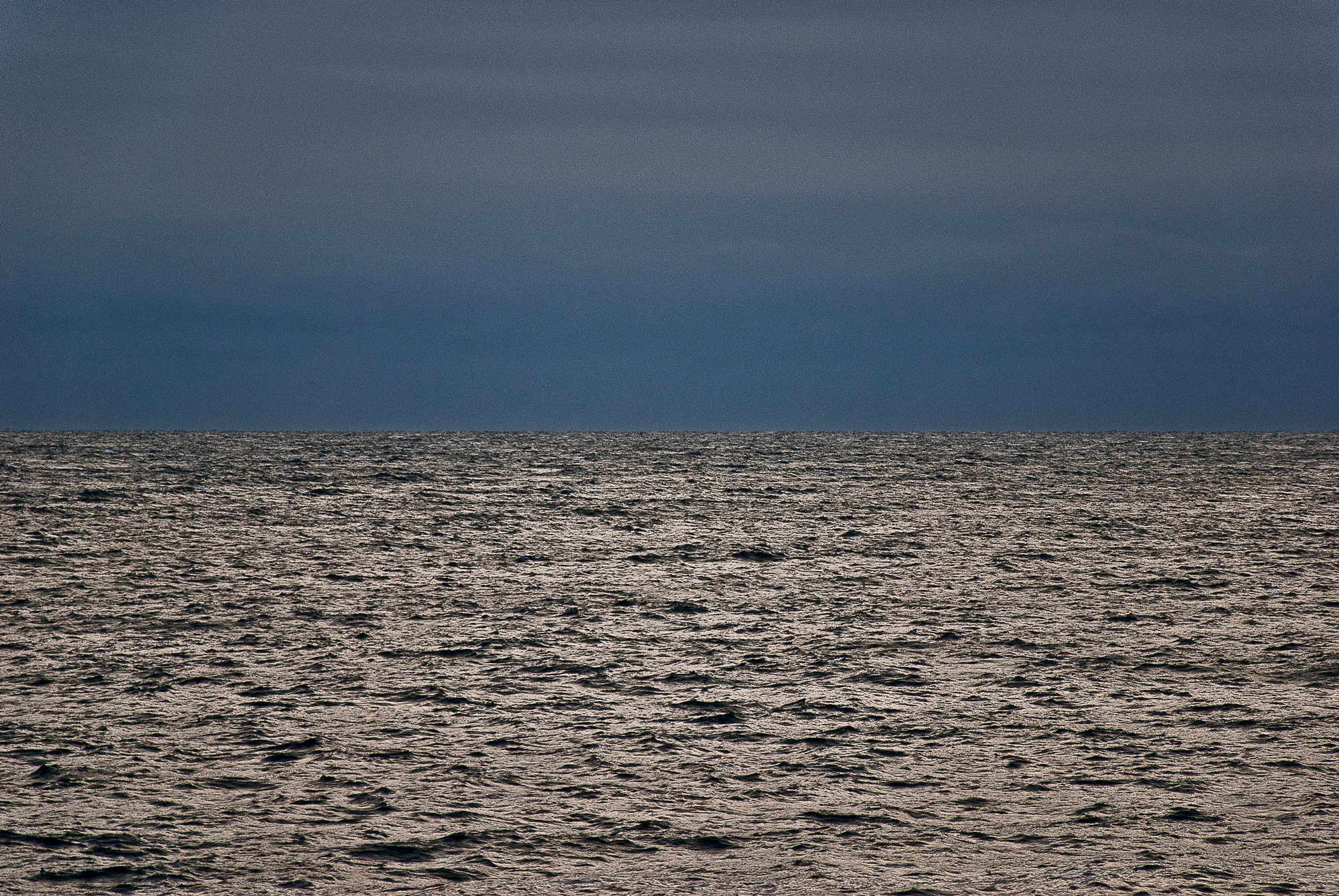The road-as-pathway is a channel for the flow of energy. It is defined by socially-constructed standards and protocols: a web of socially-applied energies follow the limitations and directedness of those protocols. Roads are a human construct in response to the existence of natural blockages that divert from desired trajectories, that expend communal life-energies and threaten the control of energy resources.
The road is perhaps a synthesized mirror for the human-navigable river, that directed natural space of flow, or the ocean which is the cumulative and spatial confluence-of-all-rivers.
Practically all natural landscapes have some form of blockage as to cause a deviation to even slow and deliberate human passage. So, when there is a lack of free and easy passage, first a foot-path evolves, or is established through troddden effort. This is a trajectory for the body, with the foot leading. Seeking a pathway on foot requires vigilance and concentrated attention in many environments, though this condition is necessarily eliminated from daily life in the developed world — almost completely through the efforts to flatten, level, grade, and pave large swaths of the Terran surface.
When working in Colombia, in the eastern Llanos, for Big Oil, we hired trocha crews who would cut paths in the jungle for the geophone lines to be laid along. Armed with machetes they would hack a one-meter-wide swath along the surveyed lines, leaving short protruding sticks of vegetation cut at an angle — treacherous when struggling along the lines up steep slopes and down. One slip and you would be impaled, and in that country, any break in the protective skin could mean serious infection problems. Walking was never so high-risk: never fall down. It was a choice of absolutely impenetrable jungle on either side, or the possibility of forward/backward movement along these lines. Helipads for extraction were cut in the jungle every 5 clicks or so.
At any rate, the foot is connected to a membered body, so the whole embodied system is implicated in the formation of the pathway. With senses correlating from memorized resonance previous ways taken and the outcomes, choices are made what immediate and final trajectory the body takes. This trajectory is anchored with the planting of the foot and the establishment of balance on that foot. The four corners of the foot root momentarily with the earth. One foot following the other, and that embodied motion precisely driven by the flow of energy entering the senses. Breaking trail can be exhausting, making a way for someone else’s body to pass across the terrain. Following someone else’s path is easier.
Animals make pathways: I am following the cloven tracks of a deer, several of them. I can lope along the game trail at a fair clip, despite the altitude which stretches lungs to a pant, judging how fresh the tracks are by how they desiccate along the edges in the dry western air. But how many hours since passage does half-a-centimeter of crumbled track mean? What happens if I catch up with the deer, if they have stopped to rest or eat? What happens if there’s a mountain lion, an ambush predator, hanging around along this pathway, waiting for an easy mark? I don’t think about it, but keep running as fast as the uneven terrain allows, watching carefully for ankle-twisting roots and rocks. Hooves on a game trail tend to break up the damp soil into loose chunks which make high boots an ankle-saving necessity, though they slow me down, and don’t allow the foot to feel the ground as accurately. I run until I have to stop, sucking the air in with fast but controlled gasps. There they are, 200 yards ahead, traversing a steep slope of pi�on, upwind. Okay, today, with a bow, I would have survived a few more days with protein-stuffed belly. The path defined as an enriched flow of food energy.
